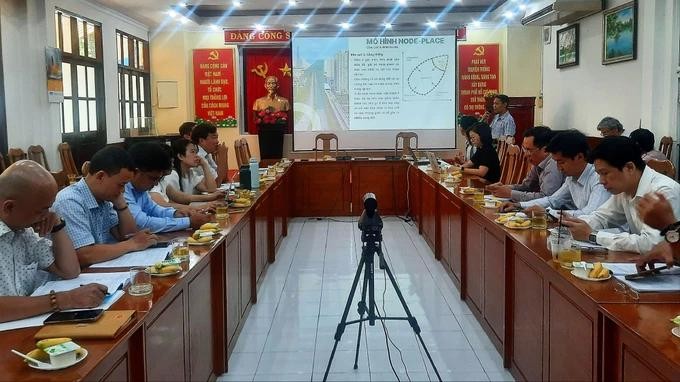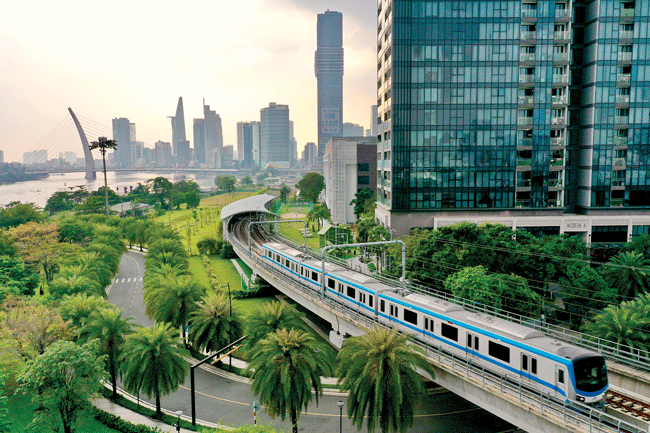
The Ho Chi Minh City Institute for Development Studies (HIDS) organized a seminar on the development of the Transportation Infrastructure System, and the current situation and synchronism of the city’s projects on August 27.
Deputy head of the Ho Chi Minh City Institute for Development Studies (HIDS) Pham Binh An said that the seminar topic aims to clarify the current situation and propose solutions to enhance the synchronism between the development of the transportation system and housing projects in Ho Chi Minh City.
Accordingly, the application of the Node-Place model allows policymakers to devise solutions for strengthening public transport accessibility, promoting mixed-use development, and creating vibrant public spaces around Transit-Oriented Development (TOD) centers to contribute to developing sustainable and eco-friendly urban areas.

Applying the Node-Place model in four areas in the city showed that the developed urban areas have transport infrastructure development indicators and housing indicators that are higher than those of the remaining areas. Of these, the housing development indicators are higher than the transport infrastructure development indicators. Therefore, it needs to limit the further development of housing indicators in these areas and complete transportation infrastructure to align with the housing development.
The suburban districts have balanced and stable transportation and housing indicators. Therefore, it needs to maintain and upgrade the quality of transportation and housing infrastructure in these areas.
The existing central areas and the existing urban areas have ensured good transportation infrastructure but their housing development indicators are lower than other areas. The two areas still have the potential for further development of housing indicators to balance with the transportation infrastructure development indicators.
According to many opinions, it is a good method for assessing the development status between transportation infrastructure and housing. However, each area in the city has its development characteristics, it needs further in-depth research and practical application for a comprehensive evaluation.
























